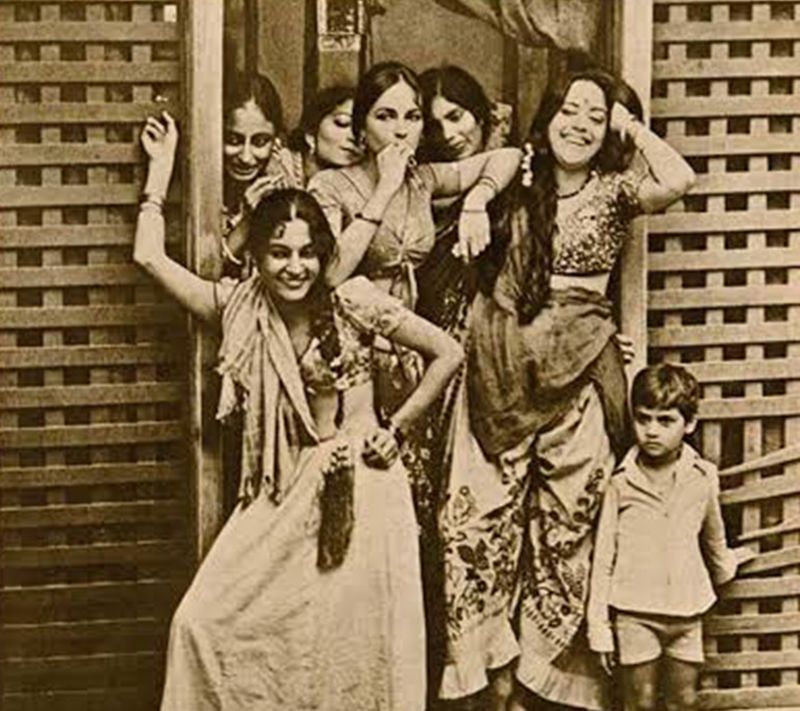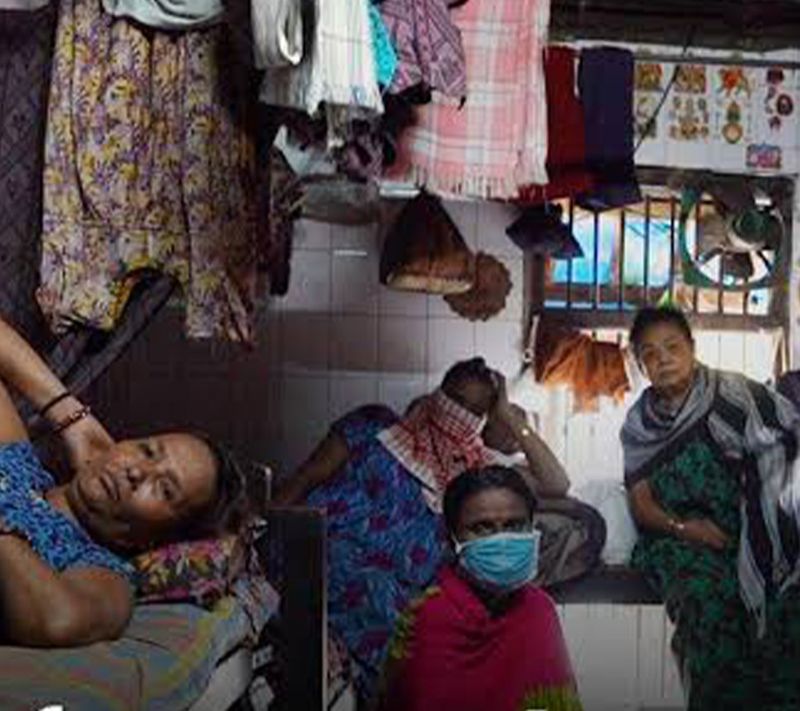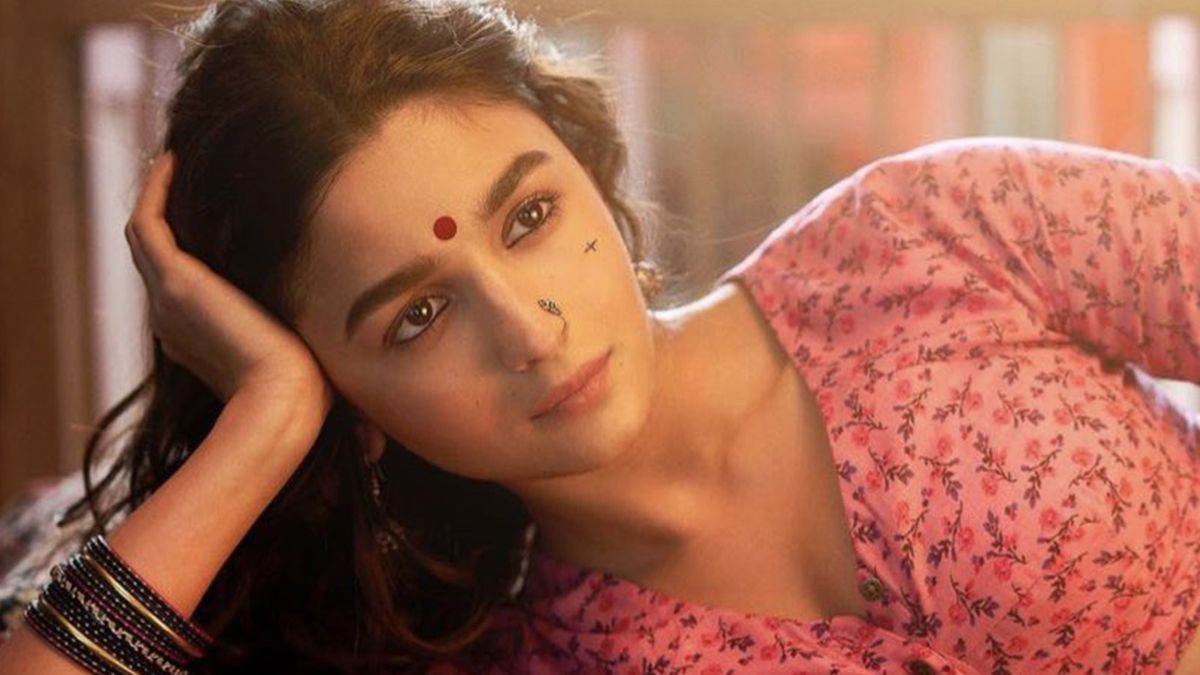On May 19, the Supreme Court pronounced a landmark judgement, recognising prostitution as a profession and emphasising that sex workers, like any other professionals, are entitled to dignity and constitutional rights. Notably, prostitution as a topic of discussion was recently brought into drawing-room conversations by the Bollywood movie Gangubai Kathiawadi (directed by Sanjay Leela Bhansali and said to be based on the life of Gangubai Harjivandas, a much-celebrated social activist of Kamatipura).
Over the decades, filmmakers have delved into the lives of the sex workers to decipher the taboo associated with them. Be it Mughal-e-Azam, Mausam, Mandi, Devdas, Chandni Bar, Laaga Chunari Mein Daag: Journey of a Woman or Begum Jaan—Hindi films have contributed greatly to creating the popular image of sex work and prostitution in India. However, the question that arises is how authentic is this portrayal?

Anurag Garg, program lead of Kat-Katha, an education organisation working in Delhi’s Red Light area, says, “From the longest time, Hindi cinema has been influencing a lot of ideologies and it constructs a reality for us. If we go back, then there was this film Mandi—it was one of the first movies made on prostitution and it was amazingly real. However, what I see is that this issue can't be displayed as it is because it is very intense and harsh. I think it is very difficult for the filmmakers to portray the reality. I think the film which was closest to the reality was Love Sonia, which was unfortunately rejected by the viewers. At the same time if you see Gangubai Kathiawadi, in terms of commercial cinema it was definitely a big step. We premiered Gangubai Kathiawadi for 150 sex workers in Delhi with the support of the local DM. So, they loved it. They were crying, laughing, and they were like it happened to me, it happened to us. There were lot of things to which they could relate. Yes, there were things missing in the film but it was good enough for people to digest. If they would have gone deeper then people might have rejected it like Love Sonia. Also, the film was appreciated more so because of the grandeur.”

Prostitution, in particular, is a closed industry that is largely concealed from most citizens view. We do not interact with them as much as we do with other professionals. Thus, media representations comprise a key means of shaping perspectives about both prostitutes as well as prostitution as an industry. The media provides a mortar that is used to fill gaps in knowledge for unfamiliar social phenomenon, thereby providing a simplistic explanation for events and processes that cannot be easily understood.
There's a lot of stereotyping of sex workers in films. We have our Bollywood heroines who play the sex workers, and hence they look stereotypically like our mainstream idea of beauty. They are fair, thin, have certain kind of hair, dress in a certain way, and so on, points out Trina Talukdar, co-founder of Kranti—an organisation based in Mumbai that works with the sex workers community and their children.
“If we talk about Gangubai Kathiawadi in particular, then it might be a little different as it showed sex workers in politics and power.
However, there's a long way to go. Filmmakers exaggerate and use larger-than-life characters to justify the ‘escape’ promised by them to the public. Else, will people go to watch the story of a sex worker on the big screen? No, they won't. They would only go if there's a happy ending, a bit of dancing, and all. So, maybe films are limited by that medium and that's why Gangubai Kathiawadi needs to be what it is; they had to tone down the struggles and play up the successes of the film,” Talukdar added.
Dr Manjima Bhattacharjya, the author of Intimate City—a profile of the history of sex work and the sexual economy in Mumbai, India’s cultural and financial capital, explains, “There are different kinds of cinema and there is a diverse representation in our films—from Pakeezah, which is more of a period film about courtesans to Mandi which is about the collective power of sex workers in a red light area against politicians. I think there has always been a curiosity around the lives of sex workers and women in prostitution. Sometimes there is a tendency to glamorise it (like the courtesan), and other times there is a tendency to make their lives seem pathetic and tragic. I find that there is a dissonance between what is shown and what is said in some films. For example, in Pakeezah or Umrao Jaan, the lives of the women seem filled with beauty, comfort, independence, camaraderie, and sisterhood. But in the dialogues you will find them lamenting or saying this is a "living hell" to fit the popular understanding of the audience! These sort of contradictions are there in films. And yes, it bothers me that they are shown often as needing to be "saved" by some hero. But that is true for most heroines in films! They are mostly portrayed as damsels-in-distress.”

Jane Lynette Borges, co-author of the book The Mafia Queens of Mumbai—on which the movie Gangubai Kathiawadi is based—shares, “I think cinema does have a responsibility of representing our realities and the realities we inhabit are multiple and varied. Sex workers are very much part of the reality. It is the responsibility of a filmmaker to tell the story as honestly and as empathetically as possible. I wouldn't say as much as authentically. We have perceptions about sex workers and not all the perception is positive. Cinema allows you a little window into their world and it gives you room to tell a story that you probably wouldn't have been exposed to. So, there I feel cinema plays a pivotal role to tell a story that nobody has told before. How you do it? Whether you glorify it or try to portray it as close to the reality you have seen, all depends on the filmmaker. What is important is that the stories are told like every other story that needs to be told and it should be told with integrity and respect for the work they do which is difficult and is also a reflection of the community's struggle.”

Abeer Khan, a filmmaker and photographer from Mumbai recently co-directed a documentary film, Lockdown Impacts on Sexworkers of Kamathipura, commissioned by the UK-based charity Collateral Global. She spoke to ZeeZest about some of the aspects of the process. “First of all, identity protection is crucial when we are making a documentary because most sex workers have not told their families about their profession. Secondly, we should be very honest to them as a filmmaker during the interaction. I didn't face any problem while shooting the documentary, just took my camera and the coordinators, and it was so smooth. They might get scared of camera as they fear if someone complain about them. But now that the Supreme Court's judgement is positive, it will surely bring a change,” Abeer shared with us.
Reminiscing about the cinema of 1980s, she further adds, “When we talk about mainstream cinema then there was Mandi by Shyam Benegal, such a close take it was back then when it was not at all easy to talk about prostitution. And there are many films which have tried to spark a change in the way we think about sex workers. These stories have humanised them and reflected their persona in different situations.”




